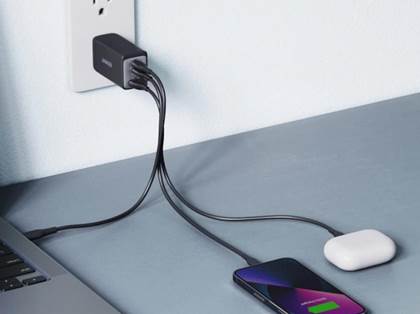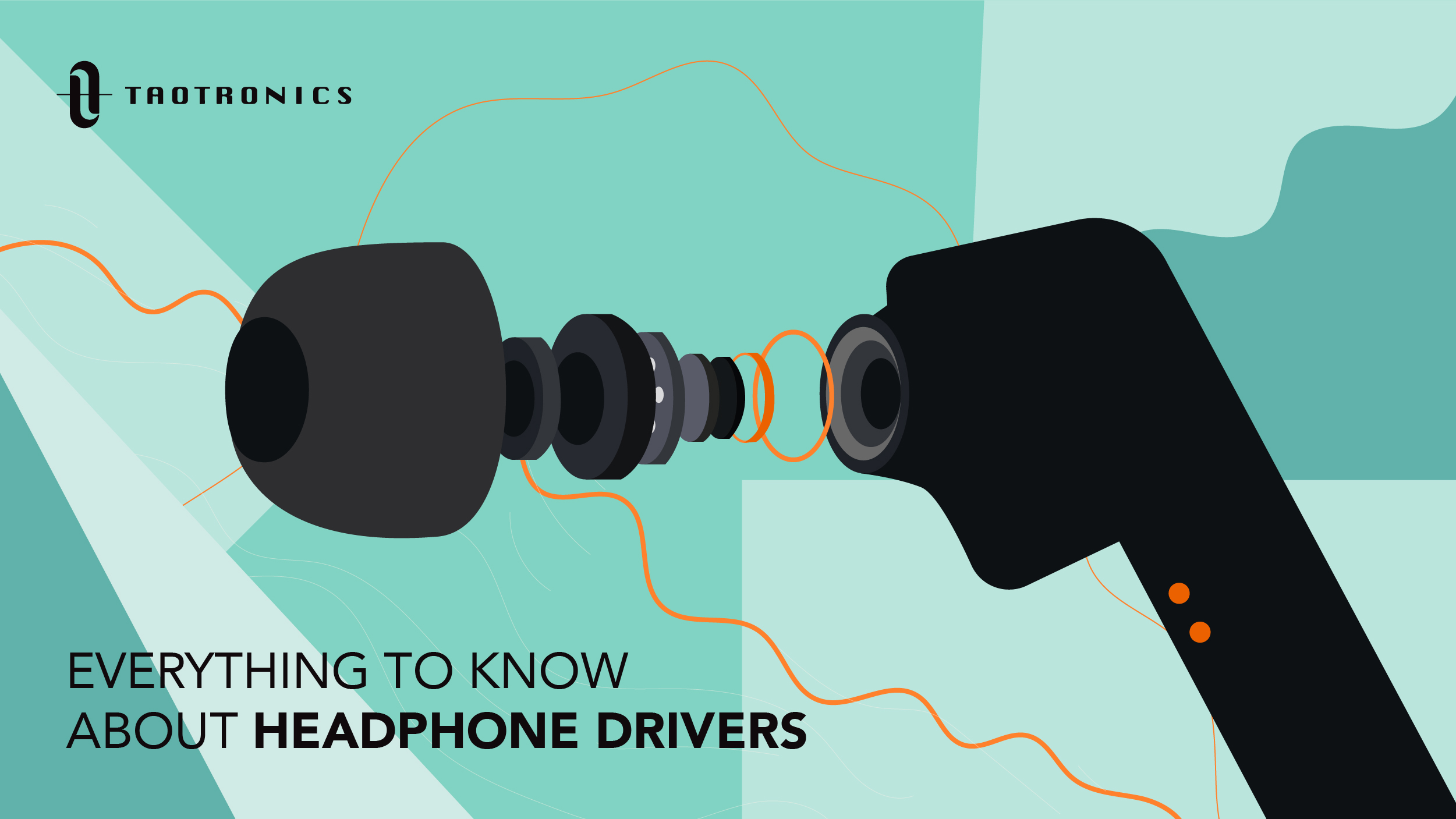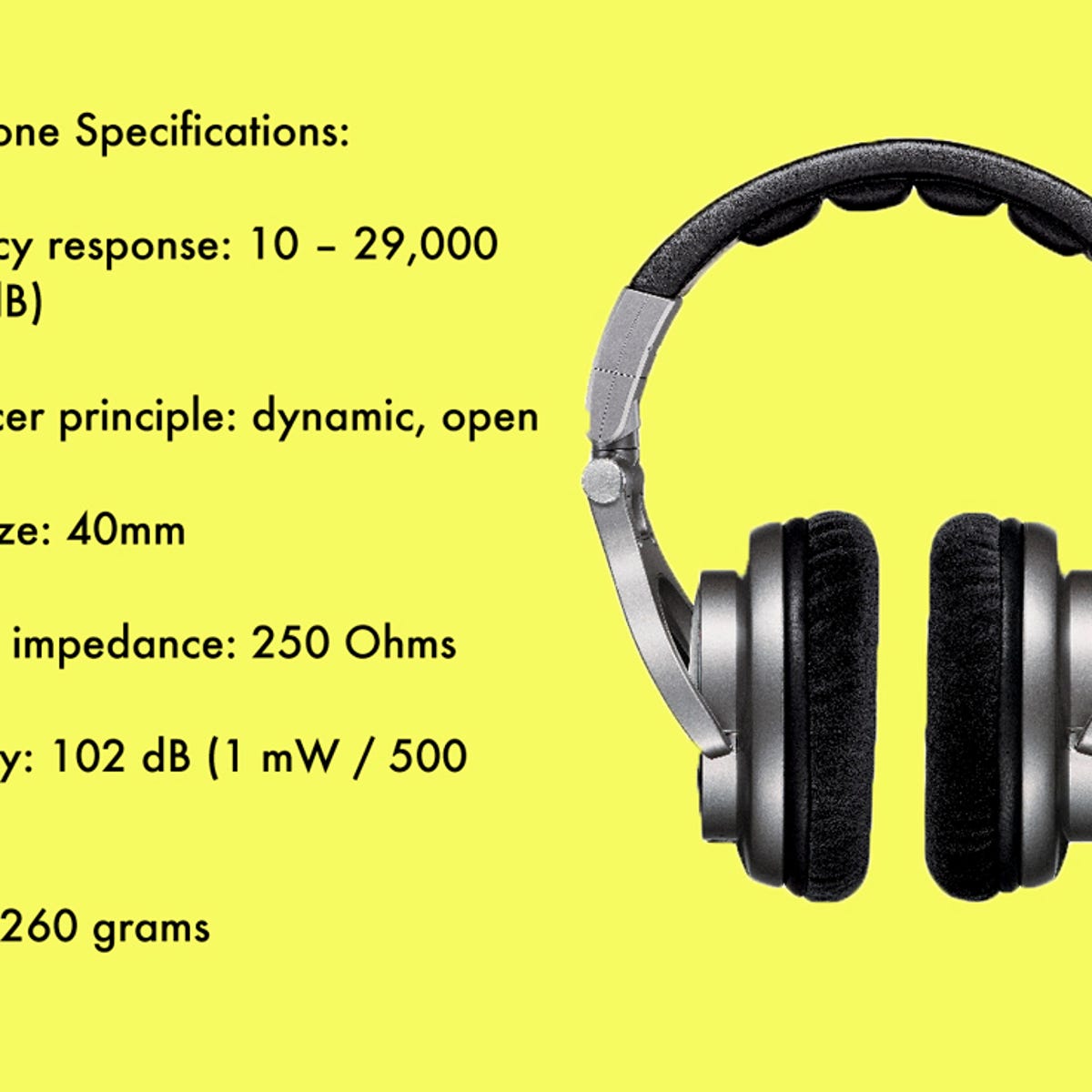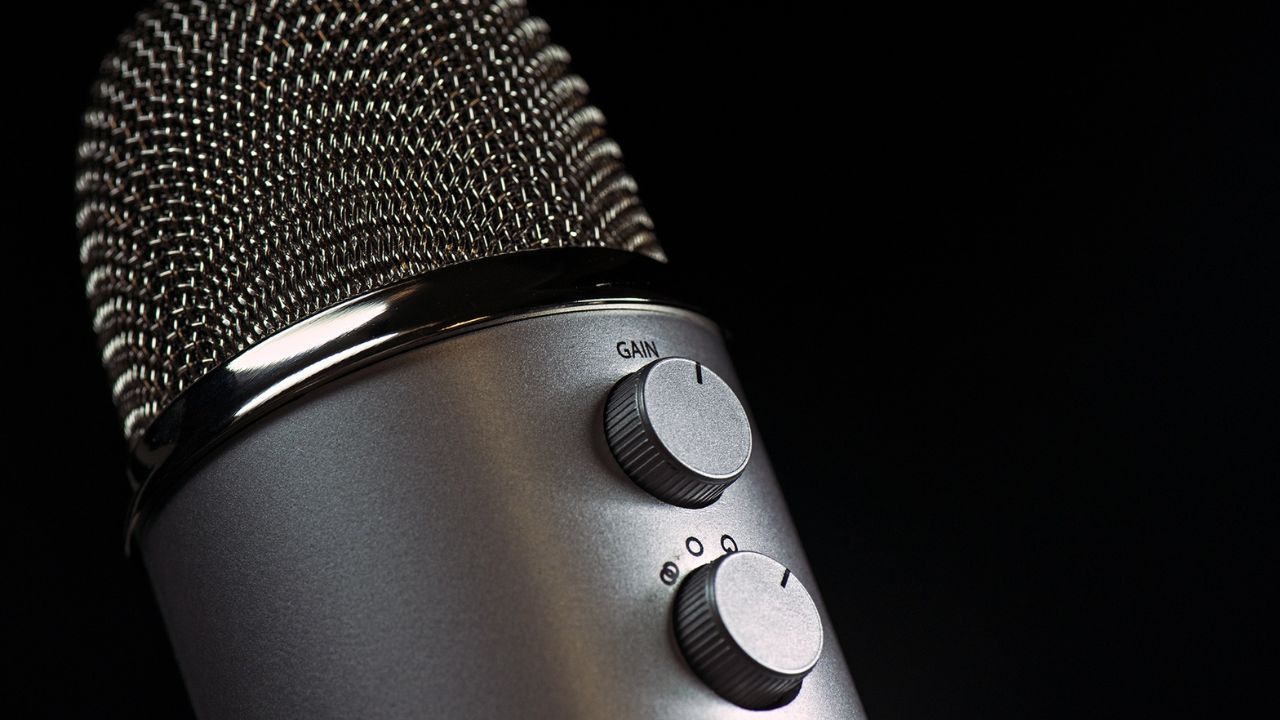What Factors Determine Night Vision Performance?
Night vision performance is crucial for outdoor security cameras used in security and surveillance. With advancing technology, it’s essential to understand what influences this capability. A camera’s ability to see in low-light conditions depends on various components such as infrared technology, sensor quality, and environmental factors. Identifying these factors will guide you in selecting a camera that offers optimal night vision. Let’s explore each factor and learn how to enhance night visibility effectively.

The Role of Infrared LEDs in Night
Vision
Types
of Infrared LEDs
Different cameras incorporate various types of
infrared LEDs to boost night vision. Standard LEDs are common, offering basic
visibility. Advanced models use high-powered LEDs for greater illumination.
Another type is the adaptive infrared LED, which adjusts its intensity based on
lighting conditions. This adaptability helps to maintain consistent image
quality regardless of fluctuating environmental darkness. Choosing the right
type will greatly influence how well your camera performs in the dark.
Range and Coverage of Infrared Light
The range and coverage of infrared
light determine how far and wide a camera can see in the dark. Cameras with
longer infrared light range can capture images at greater distances. Wide
coverage ensures comprehensive visibility around the camera, minimizing blind
spots. These characteristics are pivotal in selecting a camera for larger areas
that require extensive surveillance. Consider these specifications based on
your specific monitoring needs for optimum results.
Power
Consumption and Efficiency
Power consumption of infrared LEDs
varies and impacts overall efficiency. Higher power LEDs often equate to better
night vision, but they may consume more energy. Energy-efficient models are
equipped with technology that maximizes performance while minimizing power use.
This balance is important for long-term usage without inflating electric bills.
When choosing a camera, look for models that provide a good balance between
visibility and energy efficiency to suit your operational needs.
Camera Sensor Technology and Night
Vision Quality
CMOS
vs. CCD Sensors
CMOS and CCD sensors are the two primary technologies
used in cameras. CMOS sensors are more common and provide good image quality
while being relatively cost-effective. While CCD sensors often produce superior
image quality and handle low-light better, they tend to be more expensive. Your
choice between CMOS and CCD will depend on budget constraints and the required
image clarity, with CCD being ideal for high-quality night vision performance.
How Sensor Size Affects Night Vision
Sensor size directly influences
night vision quality. Larger sensors capture more light, making them superior
in low-light conditions. This additional light intake results in clearer, more
detailed images when lighting is minimal. Small sensors may struggle in
darkness, producing grainy or blurry images. It’s important to balance sensor
size with other camera features and your specific vision needs when selecting a
security camera.
Sensor Sensitivity and Image Noise
High sensor sensitivity boosts a
camera’s ability to detect light, crucial in nighttime settings. However,
increased sensitivity can also lead to image noise, compromising the clarity of
captured footage. Advanced cameras often feature technology that reduces this
noise, ensuring that images remain sharp even in low-light conditions. Opting
for cameras with enhanced sensor sensitivity and noise reduction technologies
will significantly improve night vision performance.
How Environmental Factors Affect
Night Vision Performance
Weather Conditions and Visibility
Weather plays a significant role in
night vision effectiveness. Fog, rain, and snow can hinder visibility,
affecting image clarity. Cameras equipped with weather-resistant technology
maintain better performance under these harsh conditions. Additionally, certain
cameras are designed to handle extreme temperatures, ensuring reliable function
year-round. Assessing weather resilience is crucial for outdoor cameras
destined for use in unpredictable climates.
Placement of Camera and Obstructions
Camera placement is pivotal for
optimal night vision. Positioning should avoid obstructions like trees or
buildings that can block the field of view. Placing cameras at elevated
positions can also expand the visible area and reduce barriers. Additionally,
consider the angle of placement to avoid direct exposure to light sources,
ensuring clear night-time visibility. Deliberate camera positioning maximizes
surveillance effectiveness.
Light
Pollution and Its Impact
Light pollution from surrounding
areas can impact night vision by washing out infrared images and reducing
clarity. Cameras with advanced filter technology can mitigate these effects,
ensuring better quality images. However, selecting a location with minimal
light pollution will naturally enhance night vision performance. Understanding
the environment will allow for making informed choices to counteract any light
pollution effects.
Enhancing Night Vision Performance
Proper Camera Placement for Optimal
Night Vision
Strategic camera placement significantly boosts night
vision performance. Ensure open views without barriers and adjust positioning
to cover critical areas. Avoid direct light sources that can skew image
quality. Elevate cameras to a high vantage point, covering larger spaces.
Proper placement not only enhances visibility but also maximizes the return on
investment by minimizing the number of cameras required to monitor a space.

Choosing Cameras with Adaptive
Night Vision
Adaptive night vision cameras automatically adjust to
changing light conditions, ensuring consistent image quality. These cameras
switch seamlessly between infrared and regular vision modes, optimizing
performance in varying scenarios. Investing in adaptive technology means
reliable performance regardless of the time of day or lighting, providing
versatile security solutions for different environments.
Additional Lighting Options for
Better Visibility
Supplementing cameras with additional lighting options
can significantly enhance night vision. Motion-activated lights can illuminate
areas when needed, deterring potential intruders while capturing clearer
footage. Additionally, infrared illuminators can extend the camera’s night
vision range without introducing visible light. These enhancements ensure
comprehensive surveillance and help achieve the desired level of security.
Conclusion
Understanding
the factors affecting night vision performance helps in selecting the right
camera for your needs. Elements like infrared LED type, sensor technology, and
environmental conditions all interact to determine night vision quality. Proper
placement and choosing adaptive technologies further enhance performance. By
evaluating these factors carefully and proactively, you can ensure that your
cameras provide reliable, high-quality images day and night, fully supporting
your long-term security and surveillance requirements effectively.







